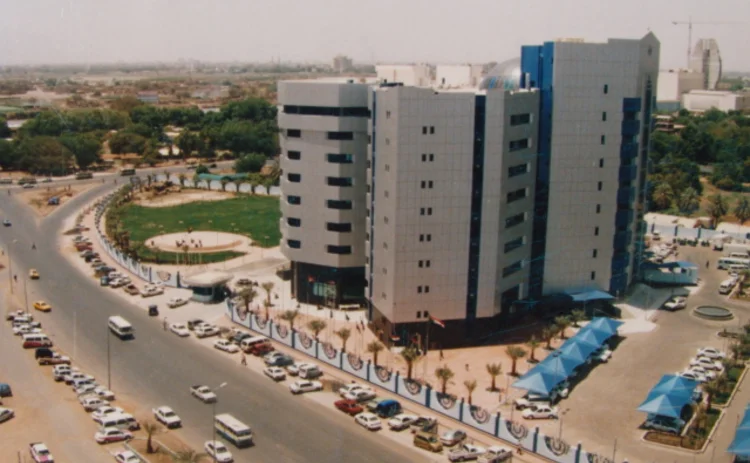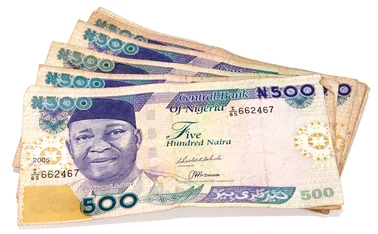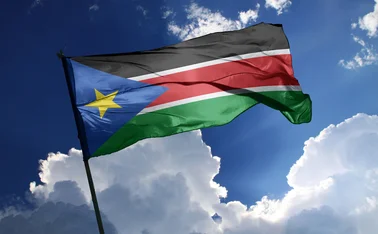
Sudanese central bank changes currency regime
Central bank cuts official exchange rate sharply after years of major over-valuation

Sudan’s central bank has abandoned the country’s fixed currency regime, after years in which observers said official currency values were greatly inflated.
The central bank confirmed in a statement in Arabic on February 21 that it would unify the official and unofficial exchange rates. It said the measure was taken to tackle “structural imbalances” in the economy.
Central bank governor Mohamed al-Fatih Zainelabidine said the central bank would set a daily indicative rate for the Sudanese pound
Only users who have a paid subscription or are part of a corporate subscription are able to print or copy content.
To access these options, along with all other subscription benefits, please contact info@centralbanking.com or view our subscription options here: subscriptions.centralbanking.com/subscribe
You are currently unable to print this content. Please contact info@centralbanking.com to find out more.
You are currently unable to copy this content. Please contact info@centralbanking.com to find out more.
Copyright Infopro Digital Limited. All rights reserved.
As outlined in our terms and conditions, https://www.infopro-digital.com/terms-and-conditions/subscriptions/ (point 2.4), printing is limited to a single copy.
If you would like to purchase additional rights please email info@centralbanking.com test test test
Copyright Infopro Digital Limited. All rights reserved.
You may share this content using our article tools. As outlined in our terms and conditions, https://www.infopro-digital.com/terms-and-conditions/subscriptions/ (clause 2.4), an Authorised User may only make one copy of the materials for their own personal use. You must also comply with the restrictions in clause 2.5.
If you would like to purchase additional rights please email info@centralbanking.com test test test







